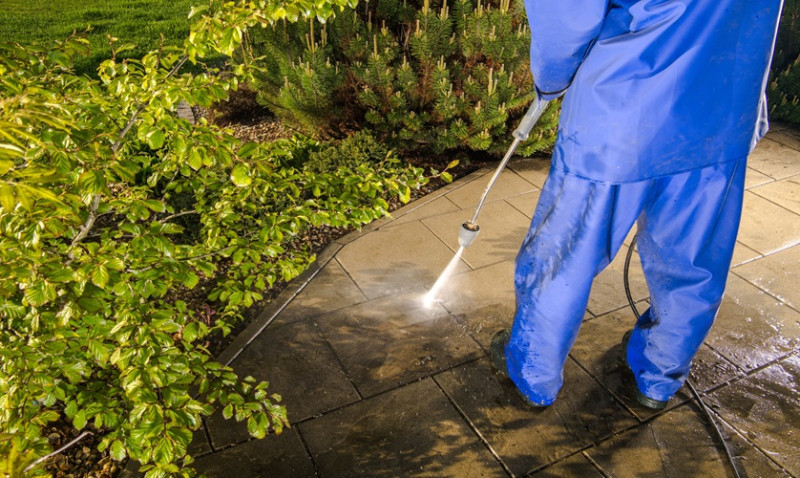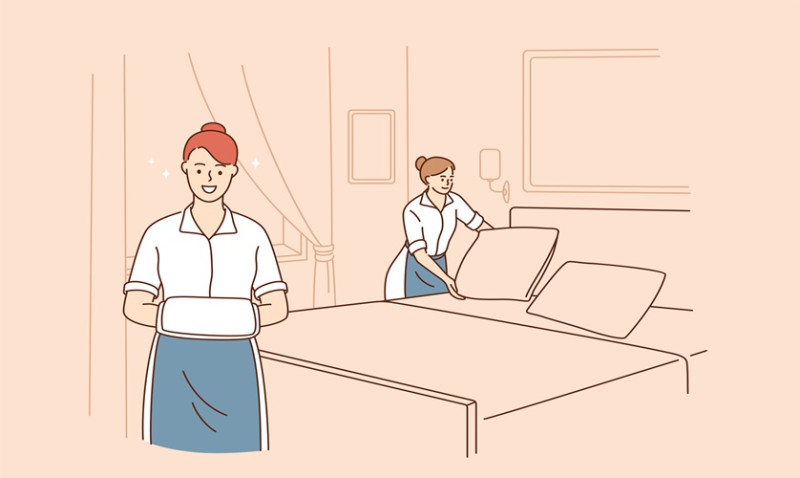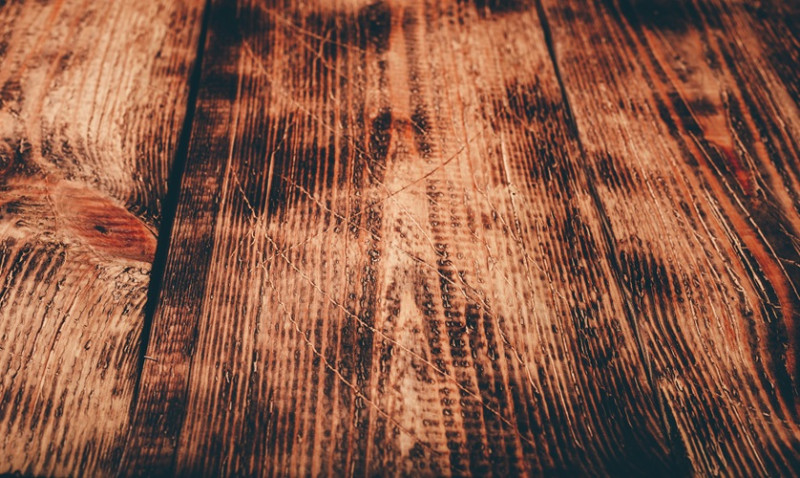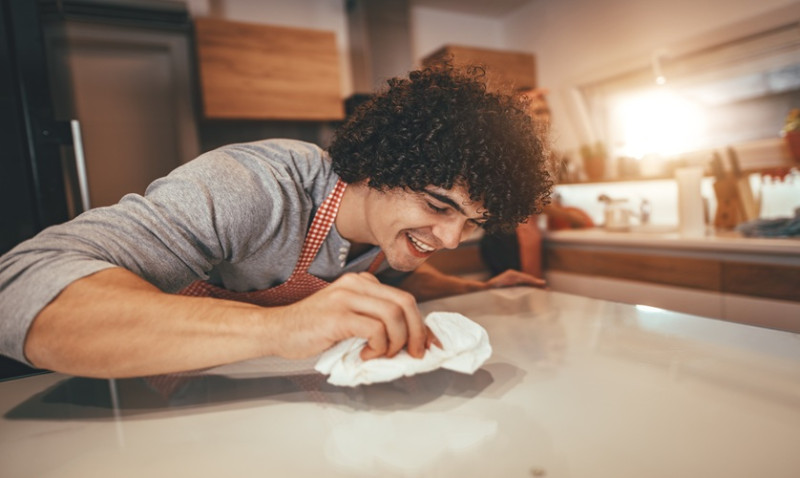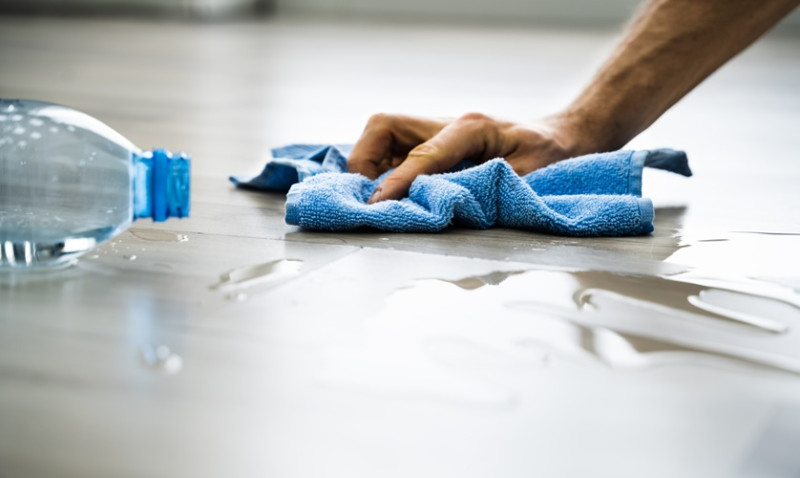
Laminate wood flooring is an excellent choice for its stylish appearance, durability, and cost-effectiveness. However, one common issue many homeowners in the UK face is the appearance of dull white spots. These blemishes can be unsightly and may cause concern — especially when you're trying to maintain a polished and professional look for your home, office, or client project.
Fortunately, there are several tried-and-tested methods to restore the beautiful finish of your laminate wood floors. Whether you're a DIY enthusiast, a young professional redecorating your flat, an interior architect designing a contemporary space, or a tradesperson working on client homes, this guide will walk you through everything you need to know about removing white spots from laminate flooring.
What Causes White Spots on Laminate Flooring?
Before jumping into removal techniques, it's crucial to understand what causes these white marks. Identifying the source can help you choose the most effective solution and prevent further damage in the future.
One of the most common culprits is moisture damage. Laminate is made of layers, and if water seeps through the protective top coating, it can create cloudy patches or spots. If you've recently spilled water, used a wet mop or steam cleaner, or had a pet accident, this could be why you're seeing white spots.
Heat damage is another frequent cause. Hot items like hair straighteners, heaters, or even mugs placed directly on the laminate may leave behind a white, hazy mark. Similar to moisture damage, heat can disrupt the surface layer of your laminate floor and result in these blemishes.
A third possibility is a chemical reaction from harsh cleaning products. Household cleaners not specifically designed for laminate can react with the surface finish, leaving behind a white or chalky residue after drying.
DIY Methods to Remove White Spots from Laminate Flooring
Now that we've identified the potential causes, let’s get into the practical part – removing the white spots. The right approach depends on the severity and origin of the stains. Below are some effective DIY methods suitable for most UK homes and properties.
1. Use a Vinegar and Water Solution
White spots caused by residue or light moisture stains can often be removed with a simple solution of vinegar and water. Here's how:
- Mix one part white vinegar with three parts warm water in a spray bottle.
- Apply the solution lightly to the affected area. Don’t oversaturate the floor.
- Let the solution sit for 1 minute.
- Wipe off with a clean, dry microfibre cloth following the grain of the wood pattern.
This method works well for surface-level stains and helps break down residue without damaging the laminate finish. Vinegar is a gentle, natural cleaner that works well for environmentally conscious homeowners and professionals alike.
2. Applying Baking Soda Paste
If the white spots are caused by more stubborn stains, a baking soda paste offers a gentle abrasive that won't scratch laminate surfaces. Here's how to use it:
- Combine baking soda with a small amount of water to make a thick paste.
- Apply the paste directly to the white spot using a soft cloth or sponge.
- Rub gently in a circular motion until the spot starts to fade.
- Wipe clean with a damp cloth, then dry with another cloth.
This method is particularly useful for aged build-ups or areas that have seen a lot of wear and tear, such as near entrances or kitchen work zones.
3. Try Toothpaste for Heat Marks
For heat-induced white spots, such as those from a hot cup or appliance, non-gel white toothpaste has proven effective. Toothpaste contains a mild abrasive that helps polish away the affected top layer.
- Dab a small amount of white toothpaste on the white spot.
- Gently rub with your finger or a clean soft cloth in a circular motion.
- Wipe clean with a damp cloth, then buff with a dry cloth.
Only use a non-gel, plain white toothpaste – anything with brightening crystals or dyes may scratch or stain the floor further.
4. Rubbing Alcohol for Chemical Residue
Sometimes, leftover residue from cleaning products can leave a hazy white film. Rubbing alcohol is great for dissolving these chemical residues.
- Soak a corner of a clean cloth in isopropyl alcohol (70-90%).
- Gently rub over the white spot.
- Wipe clean with a damp cloth.
- Buff dry with another wholly dry cloth.
This method is especially relevant for trade professionals or designers who may frequently clean or treat flooring during a project’s lifecycle.
When to Use Laminate Floor Repair Kits
If the white spots are persistent or have compromised the surface itself, consider using a professionally designed laminate floor repair kit. These kits, widely available in UK hardware stores or online, typically include wax crayons, touch-up markers, or fillers that match a variety of wood tones.
These are ideal for more severe cases where the top layer has been damaged. While they won’t restore the floor to brand-new condition, they can significantly reduce the visibility of the white spots and extend the life of the flooring.
Tips to Prevent White Marks in the Future
Prevention is always better than cure, especially when it comes to flooring. Here are several practical tips to help keep your laminate floors in mint condition year-round:
- Wipe spills immediately: This reduces moisture penetration into the boards.
- Avoid steam mops: Excess heat and water can break down laminate over time.
- Use furniture protectors: These prevent dents and white compression marks.
- Stick to laminate-safe products: Use pH-neutral laminate cleaning solutions.
- Use rugs or mats: Particularly in high-traffic and moisture-prone areas like entryways and kitchens.
For homeowners and professionals investing in visually stunning and long-lasting interiors, cultivating these habits makes all the difference.
When to Consult a Professional
Not all white marks are DIY-fixable. If the damage is extensive — for example, spreading mould under the surface due to internal water damage or bubbling of boards — it's time to call in professionals. Flooring specialists can assess the situation and determine whether sections of the laminate need replacing.
This is particularly relevant for architects and interior designers working on client properties, or tradesmen looking to uphold project quality. Professional repairs ensure structural integrity and aesthetic restoration, which is critical in high-value or commercial environments.
Conclusion
Removing white spots from laminate wood flooring may seem daunting at first, but with the right technique and tools, most scuff marks and blemishes can be successfully treated at home. From classic vinegar solutions to targeted repair kits, there's a remedy for nearly every situation.
Understanding the causes and approaches not only helps you restore your floor but also empowers you to maintain it for the long run. Whether you're renovating a flat in London, installing new flooring in Manchester, or guiding a client through a project in Edinburgh, these insights will keep laminate floors looking their best.
Stay tuned to our blog for more DIY flooring solutions, decorating tips and design inspiration tailored for homes and professionals throughout the UK.

